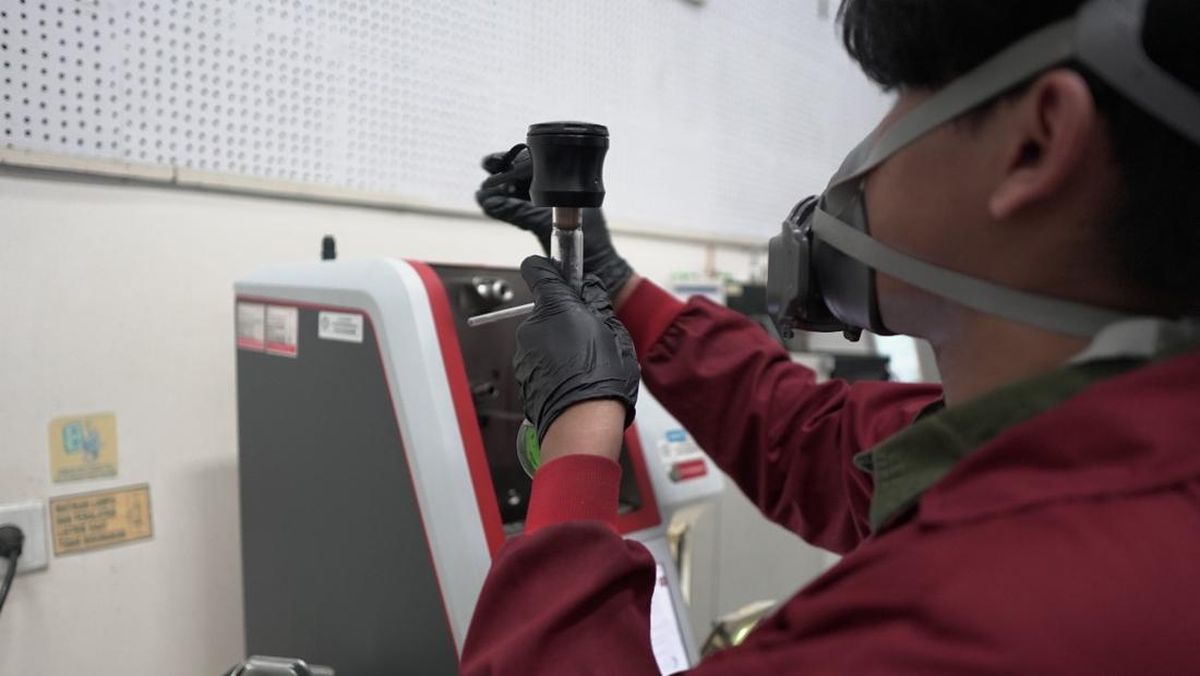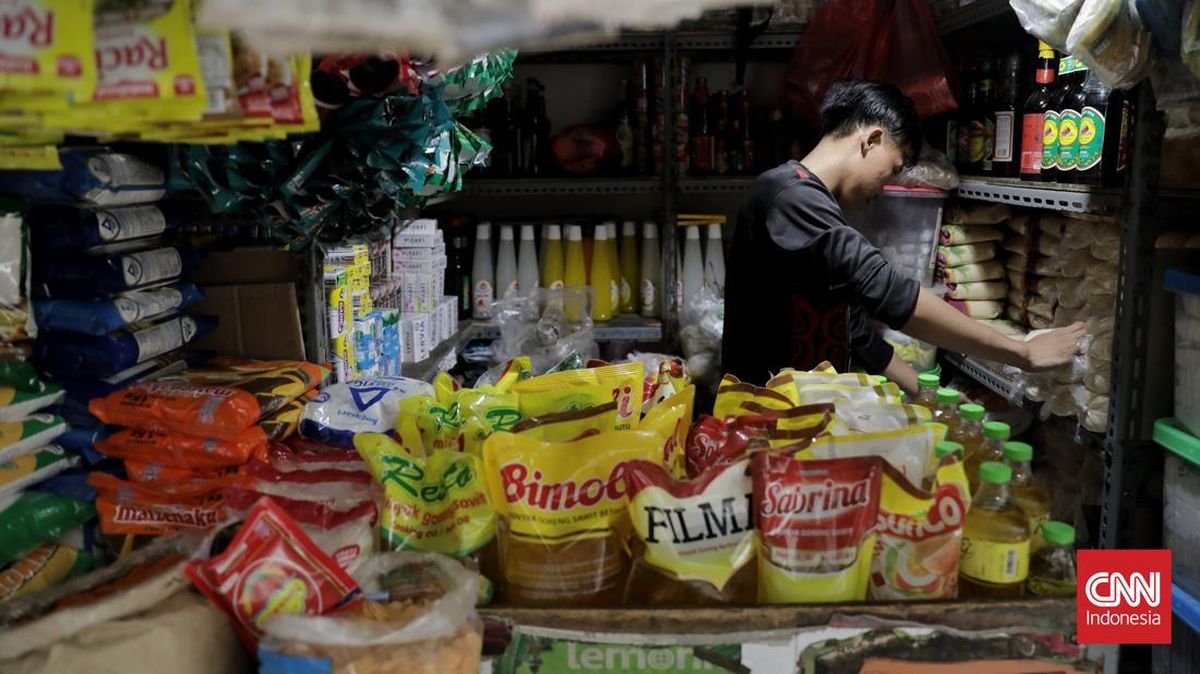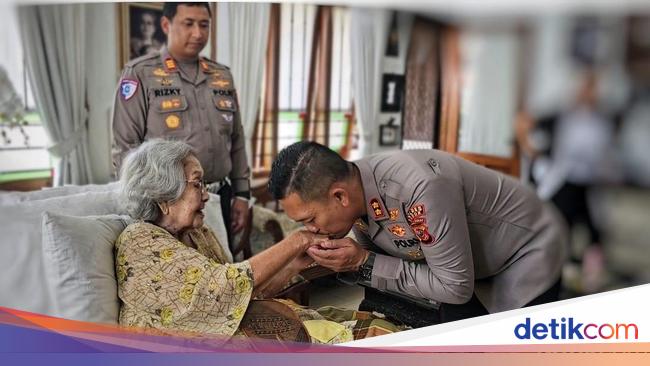
Winston Churchill: A machinegun response.Credit: Press Association
Since Shakespeare’s Hamlet we have been a little fascinated by poisonings.
Victims include Cleopatra, Hitler, Socrates, Rasputin and Phar Lap. Russian dissidents have been killed with the prod of a poisoned umbrella. Spies carry decoding devices and cyanide pills.
Even Winston Churchill purportedly dabbled in the field. When Lady Astor remarked, “If I were married to you, I’d put poison in your coffee,” Churchill responded, “If I were married to you, I’d drink it.”
In Japan, the deadly fugu fish is a delicacy that can only be prepared by licensed chefs. I’ll stick to the tinned tuna.
In Australia, no one has died consuming our local delicacy – the dim sim. Although it didn’t do Normie Lee much good. Normie was a member of the Great Bookie Robbery Gang and he also owned a dim sim factory. He was shot dead by the Special Operations Group in 1992 when he was pulling a million dollar stick-up at Melbourne Airport.
Lee’s co-offender Stephen Asling, who would later become a hitman, once became upset when a Chinatown restaurant refused to open when he wanted a post-nightclub snack. When he kicked in the door the chef presented not with fortune cookies but a meat cleaver, chopping at Asling’s foot as if it were an errant Peking duck. When they presented at the same hospital they jumped from their trolleys to resume hostilities. MSG will do that.
So why are we so fascinated by poisoning cases?
The black comedy Arsenic and Old Lace, the story of two elderly women who poisoned 11 lonely old men to “end their suffering,” was a hit play turned into a hit movie.
There was one case that took 17 years to resolve. John Moss, a Bendigo meat worker, first became ill in 1978. Five times he was hospitalised, making partial recoveries, before relapsing. It took him six years to die and by the time doctors found the cause it was too late.

John and Lorraine Moss on their wedding day.
His wife, Lorraine, cared for him when he was released from hospital, feeding him home-cooked meals and taking him to the local pub in a wheelchair when he was too weak to walk.
In August 1983, doctors took nail and hair samples to test for lead and arsenic poisoning. The results were lost for a time with Austin Hospital staff finally receiving them on January 12, 1984. Moss, 38, died the next day. The tests showed he had 80 times the normal level of arsenic.
Believing there was a 15-year statute of limitations for murder, Lorraine made a half-baked confession to her daughter. Seventeen years after Moss’ death, Lorraine was charged with murder and eventually sentenced to 18 years’ jail. The homicide detective who charged her, Jack Jacobs, said, “It was a case of cold-blooded torture.
“She always offered us a cup of tea. I always made sure I never took it,” Jacobs said.
There has long been an interest with infamous last meals, with websites dedicated to what American serial killers order before their executions.
John Wayne Gacy was executed by lethal injection for committing 33 murders. His last feed was a dozen fried shrimp, a bucket of original recipe KFC, fries and strawberries.
Just before triple murderer Allen Lee Davis was sent to the electric chair in Florida he ordered lobster tails, fried potatoes, fried shrimp, fried clams, half a loaf of garlic bread, and nearly a litre of root beer. Clearly cholesterol was no longer an issue.
Ever since Eve tempted Adam with an apple, food and mysteries have been partners in crime, particularly in Melbourne’s fruit and vegetable industry.

Detectives check a truck as part of the Market Murders investigation.Credit: Fairfax
Our introduction to organised crime was the 1963-64 market murders – a power struggle for control over industry kickbacks. Four men were shot, including Honoured Society leader Vincenzo Muratore, blasted with a double-barrelled shotgun as he left his Hampton home for Victoria Market.
Loading
More than 20 years later the syndicate was demanding a payment of 50 cents per case of produce even from the biggest retailers, with Coles paying $6 million a year.
In 1992 Vincenzo Muratore’s son Alphonso met with Coles Myer representatives in the hotel Parkroyal in Little Collins Street to explain the system and offer an alternative.
Two weeks later Muratore was murdered – outside his Hampton home on his way to the market – a replica of his father’s 1964 murder.
In prison where hard men have too much time on their hands, grudges can be deadly.
In 1975 standover man Mark Brandon “Chopper” Read was entrusted with the job of collecting 60 cooked sausages to be distributed – two to each inmate as a Christmas treat.
Sadly, Read arrived empty-handed with suggestions he had eaten the lot, an allegation he dismissed as “foul gossip and rumour”.
It sparked the H-Division “Great Sausage War” that lasted five years and resulted in 60 attacks and 11 attempted murders.
According to Chopper, the most deadly food in H Division was a vegetable curry made by Russell Cox who spent 11 years on the run after escaping from NSW. According to Read the curry was so hot it could blow a hole in a bluestone wall.
Melbourne’s underbelly war was often linked to the culinary arts. Alphonse Gangitano (killed in 1998) was known as The Black Prince of Lygon Street; Michael Marshall (2003) was killed outside his hot dog van; Willie Thompson (2003) was a lollipop salesman; Lewis Moran (2004) was killed at the Brunswick Club near bar snacks; Flower Drum regular Graham Kinniburgh was shot outside his Kew home in 2003; and Des Tuppence Moran (2009) was killed at his favourite café.
And hitman Andrew Veniamin was killed (in self-defence) by Melbourne identity Mick Gatto in a Carlton restaurant in 2004.
When it comes to underbelly and food in your belly, no one topped former suburban pizza shop owner turned drug boss Tony Mokbel.
At his Boronia pizza shop the favourite was Number 15, Tony’s Special – tomato, cheese, ham, bacon, onions and egg.
Once his favourite meal from Sopranos Restaurant (naturally) was an upmarket version of surf and turf – a medium-rare eye fillet steak topped with fresh shrimp and smoked salmon.
Loading
Soprano’s manager Frank Sarkis said, “He came for breakfast, lunch and dinner.”
He also ordered in. Sarkis said, “Money was no object. He’d regularly spend $200 a night on pizza and pasta. The staff cried (when Tony jumped bail). He was a big tipper [in] $100 bills.”
Visiting a mate in the Melbourne Custody Centre he peeled off $350, persuading a guard to nip up to a North Melbourne Italian restaurant to pick-up 40 gourmet pizzas and soft drinks (anchovies make you thirsty) for inmates and staff.
His love of fast food went as far as looking after a mate, Paul Howden, who took the fall when police discovered a $78 million lab owned by the Mokbels.
While Howden was doing time in a country prison Tony would drive there to shout Paul a big feed of McDonald’s.
Howden passed away from a heart attack at the age 36. Perhaps the Filet-O-Fish would have been a better option.
When Greg Lynn was arrested in the bush by the Special Operations Group in November 2021 for the murders of high-country campers Russell Hill and Carol Clay (he was convicted of Clay and acquitted of Hill) he was cooking a meal on his open fire.
It was steak and mushrooms. Is there a theme there?


















































